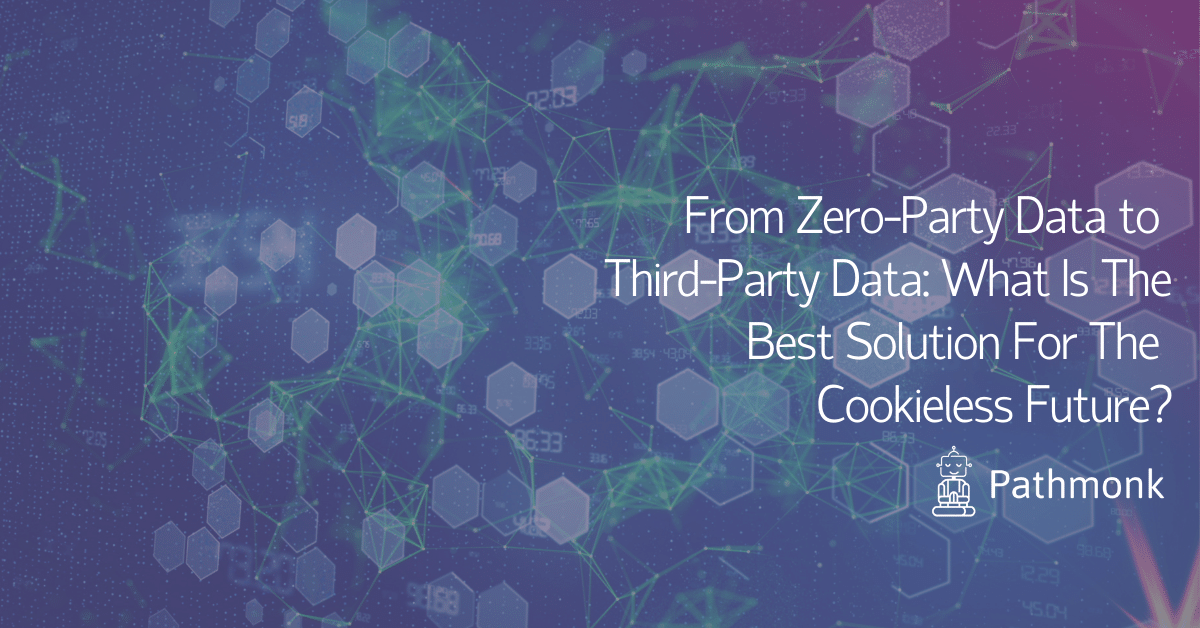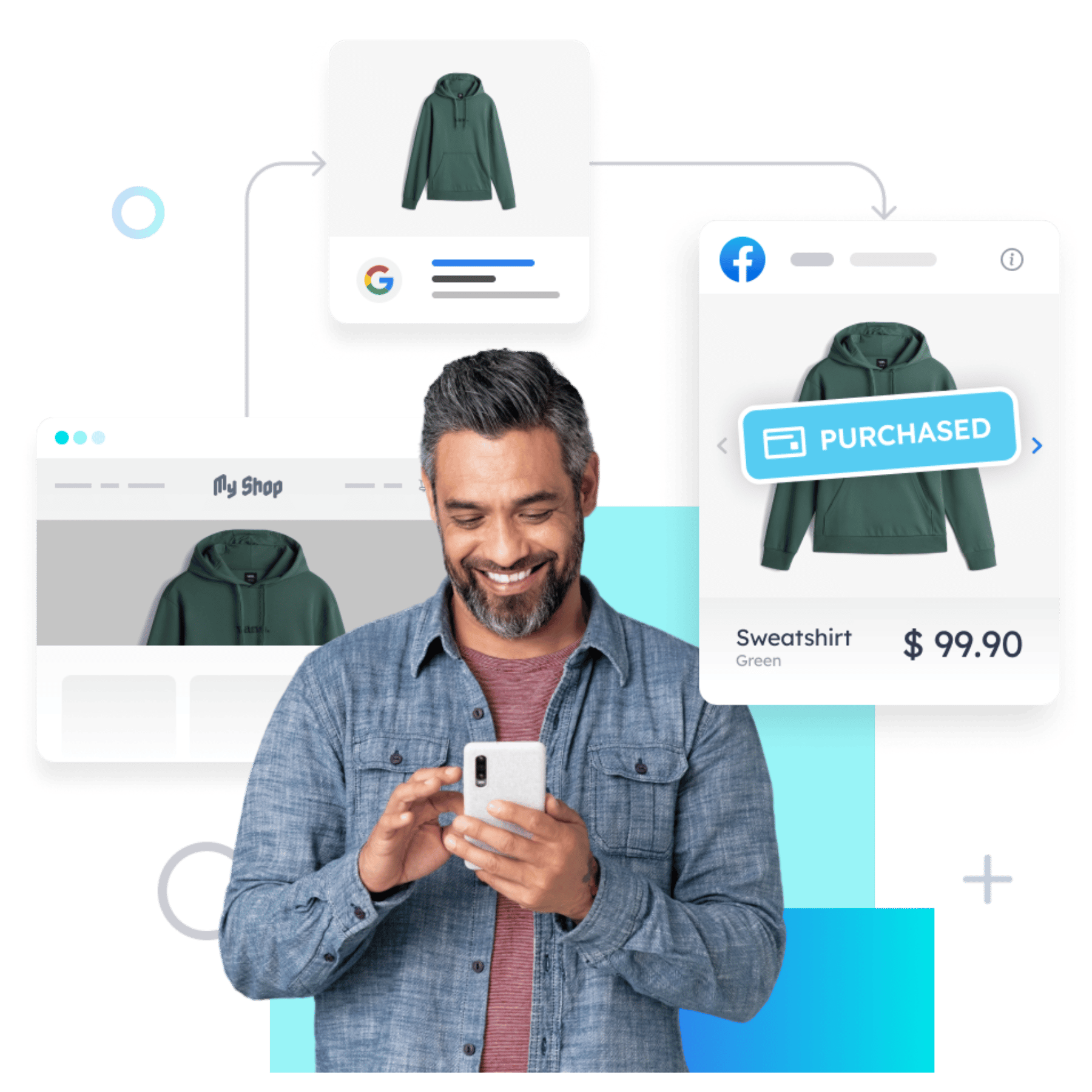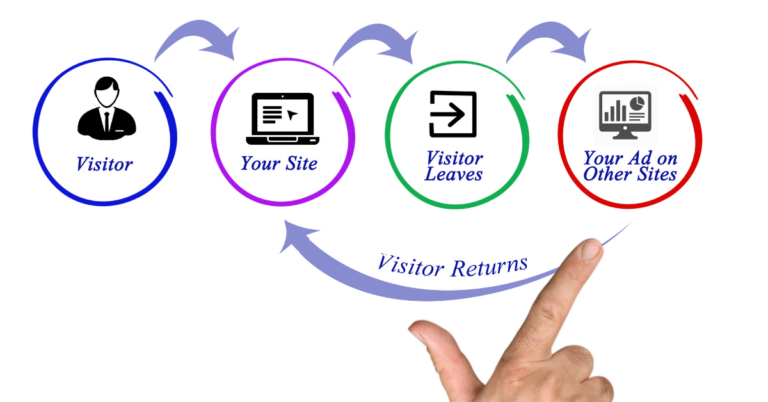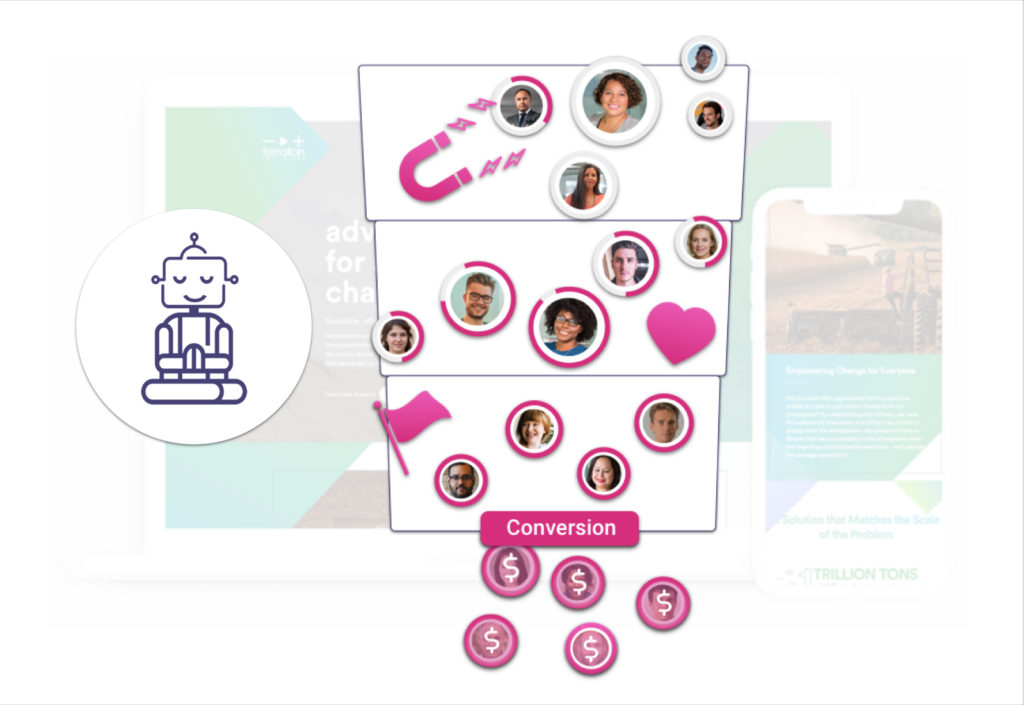
We find ourselves in an era where consumers’ demands must be met or we don’t survive. Our prospects and customers hold the power as they channel and demand privacy, data protection, and data rights. Starting before the era of the internet, marketers were eager to find more success to drive exponential growth. They found this in data-based personalization.
Consumers have lacked the knowledge and insight into the use of their data. This means that brands could continue with data collection and usage pretty much unscathed. As stories continued to reveal data breaches and magnify the true amount of personal data companies were collecting, consumers could no longer ignore their rights to protect their data.
With continued data breaches and more informed consumers, 75% of people distrust the way their data is being used. So it shouldn’t have been too much of a surprise when Chrome announced its ban on third-party cookies with companies like Apple, Microsoft, and Mozilla having already blocked this type of data collection.
With this announcement ‘third-party cookies’ has certainly become the new buzzword. But as marketers run around in a panic, looking for the best ways to collect data, track user engagement, and retarget prospects, the focus is shifting to zero-party data and first-party data. So what is the difference? What does it all mean? And is this data shift really the best solution for the cookieless future?
2.5x better ad results with cookieless retargeting
Create high-converting retargeting ads based on your users' real-time intent.

Zero-Party Data
In this ever-evolving digital marketing ecosystem, ‘zero-party data’ is a more recent addition. It is quickly becoming the new solution to personalization and the one thing marketers are still trying to figure out.
Zero-party data, also referred to as explicit or declarative data, was a term coined by Forrester Research. This is information a customer freely and explicitly shares with a company. This data is owned by the customer or prospect and requires no analysis from an organization to interpret and leverage it. It allows organizations to continue personalizing the online experience, whilst ensuring the user is happy about how the data will be used and how it was acquired.
Zero-party data may include post-purchase surveys, social media polls, or onboarding calls. As it comes directly from the source it can therefore be more accurate and trustworthy than other forms of data.
First-Party Data
First-party data is customer information collected passively and directly on your website, and other digital platforms, such as apps. From sales information (Name, email address, etc.) to purchase history to language preferences to subscriptions, this data is remembered and collected through cookies to enhance and personalize that experience. This also includes, and is mostly made up of, website behavior (Time spent on a page, link interactions, frequency of clicks, etc.).
This collection of customer activity requires analysis in order to understand customer preferences. It is often collected through cookies and users are asked to accept the collection of cookies with minimal understanding of how that data may be used and leveraged. So, we have to be careful about how we collect and use this data.
Zero-Party Data vs First-Party Data
Zero-party data can also be referred to as declarative data. This means that the data comes directly from the customers. There is no need for analysis, guesswork, or inferences. But does first-party data not include declarative data too?
Yes, we collect names, addresses, and overall contact information and store this on our CRMs. However, this data is collected in a very different way. Our audience is required to often give us this information in order to sign up, complete a contact form, download a whitepaper, or make a purchase. Our visitors are gated before giving this information over.
You know when you really need access to that Airport WIFI but you’re asked to give all your details before you even get a chance to send a message? That is first-party data being collected and used by the organization to store and analyze further. So you may complete the form for access but with a slight annoyance at the need for it.

Additionally, first-party declarative data is often surface-level data with limited insight into how that person thinks or buys. It is the behavioral data we gain the most insight from. This behavioral data is viewed as the most valuable data to marketers. From website visits, page clicks, and views to what a user has downloaded or interacted with before, provides us with insights so that we can analyze, track, engage, and personalize the experience further.
What is important to note about first-party data and these data sets overall is the difference between who owns that data. First-party data is owned by the organization whereas zero-party data is owned by the individual. Zero-party data is given willingly, intentionally, and proactively.
An Example: Zero-Party Data vs First-Party Data
If a customer decides to sign up for your service or solution they may need to create a profile. Providing you with contact details, name, and address. This is first-party data. However, if you ask additional questions, that may not be necessary for their purchase, such as where did you hear about us, what’s your birthday, and do you have any additional preferences; this is zero-party data. This data is given to you intentionally, so that you can personalize that experience in the future. The user did not HAVE to provide you with that information but rather chose to in hopes they will receive a more powerful experience with your brand and product.
Another notable difference is that first-party data is reliant on cookies and analytics in order to leverage its full potential. The user must consent to the collection of cookies in order for you to even use and analyze this data. This is not necessary for Zero-party data.

Second-Party Data
Again we must note who the data belongs to with second-party data. This is one brand’s first-party data sold to another brand. This requires an established relationship and partnership with another organization in order to negotiate a deal for data exchange.
When you buy second-party data, you have much more control over the data you purchase than you would if you bought third-party data. The consumer may have consented to first-party cookies on that specific website they have visited. This consent does not necessarily extend to another organization. This often means a consumer has little control or knowledge of how that data is being used.
An example of second-party data is a hotel booking site purchasing an airline’s first-party data to target users with ads for hotel packages to their preferred or past destinations. This could be shoe retailers purchasing a clothing line’s first-party data in order to retarget that audience with shoes that could match their new clothes. With the new age of data privacy concerns, we must continue to remain transparent with our consumers. In order to build brand trust this form of data may not be the best step forward.
Third-Party Data
Third-party data is purchased from data aggregators who pay other data owners and publishers for their first-party data; they are not the original collectors of that data. Coming from external sources means this data is often used without the customer’s knowledge or explicit consent.
Third-party data enhances your first-party data by expanding the reach of your messaging, discovering new audiences, or increasing your retargeting efforts. It, therefore, relies on cookies placed on a website by someone other than the owner (a third party).
First-party data is stored through cookies on the domain that the user is visiting, whereas third-party cookies are stored under a different domain to the one a user is visiting. This data is used to track users between websites and display more relevant ads on those websites. So when a consumer considers a product but never actually buys it, companies can use that data to retarget a user on another website browser through adverts; reminding them about the product.

Third-Party Cookie Deprecation
Consumers are demanding change to the way data is collected and shared. Consumers have lost trust in brands that rely on third-party cookies. This often removes them from their buying journeys and creates more friction and concerns. The Director of Chrome Engineering, Justin Schuh reminds us that ‘Users are demanding greater privacy–including transparency, choice, and control over how their data is used–and it’s clear the web ecosystem needs to evolve to meet these increasing demands.’
We have used hyper-targeted ads and third-party cookies as our crutch. But as consumers are feeling chased, invaded, and tired of being bombarded with ads we have to shift our focus. How are we adding value to our prospects? How are we supporting and appropriately influencing their buying journeys? How are we personalizing their experiences in a way that protects their data and only enhances their relationship with a brand?
Is First-Party Data the Solution?
Data privacy is critical to building trust with our prospects and customers. And after numerous data breaches and scandals, we have to rebuild this trust. Any form of data collection is going to have to be done with permission and sensitivity.
First-party cookies are here to stay, for now. However, as each browser holds different rules, with different lifespans for this collection of data we must be cautious of how much we rely on first-party cookies. With users becoming increasingly aware of the way their data is used we should reconsider the reliability we have on cookies to generate personalized experiences. So yes first-party data can be the solution depending on the way you collect and use it.
The Cookieless Solution
Zero-party data is collected without cookies and it is a data set that offers more reliability, power, and trust. When requested sparingly and at appropriate times while being used strategically, it can be extremely valuable data. Data like this will no doubt improve the effectiveness of your personalization efforts.
However, you are entirely reliant on your users to give you that data. With increasing skepticism, this could be a challenge. And although this data is more definitive we can’t be certain that people self-report accurately.

1. Pathmonk Intelligence
So what is an entirely cookieless solution that allows us to gain more user insight, manage our data, and drive actionable change? Pathmonk Intelligence analyses the buying journey on your website and empowers you to understand what works, what doesn’t work, and how to drive more leads. Through the power of AI, you see why you lose prospects, spot opportunities for growth, and know exactly what to change.
2. Pathmonk Results
Great! Powerful insights. Now we have the responsibility to improve and personalize that online experience. Pathmonk Results helps you Influence the visitors’ buying journey on your website. It’s completely automated and requires no changes to your website.
98% of your visitors are leaving without converting. So far it has been impossible to actively influence visitors in buying journeys in real time. But Pathmonk Results changes that, now you will be able to influence those decision-makers while they are on your website. With buying journey analysis, intent prediction, and interactive micro-experiences you’ll be able to increase website conversions, improve lead quality, and reduce customer acquisition costs.

3. Pathmonk Retargeting
As we relied on third-party cookies to assist us with ad retargeting how can we approach this in a cookieless world? With a cookieless solution like Pathmonk Retargeting. Pathmonk’s cookieless technology is a future-proof advantage for your marketing team. Boost your ROI with a retargeting strategy based on buying journey stages and user personas rather than cookies.
Conclusion
Third-party cookies will no longer be a crutch to rely on for ad retargeting and user behavior analyses. With our consumers’ data privacy concerns and the need for us to build brand trust, we have to revisit our dependency on cookies overall. Cookieless solutions that are both compliant and there to serve our users best are what we need for personalization, ad retargeting, increased conversions and leads, and the overall optimization of our buying journeys.
2.5x better ad results with cookieless retargeting
Create high-converting retargeting ads based on your users' real-time intent.









